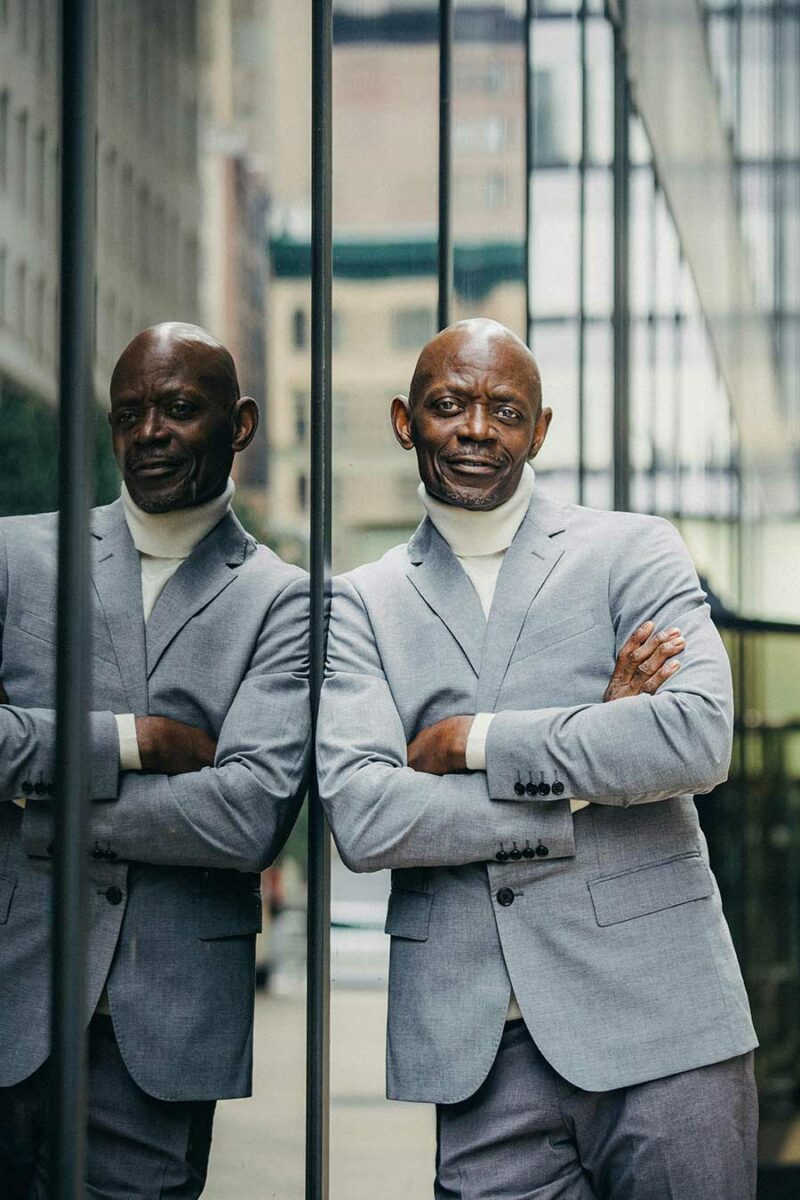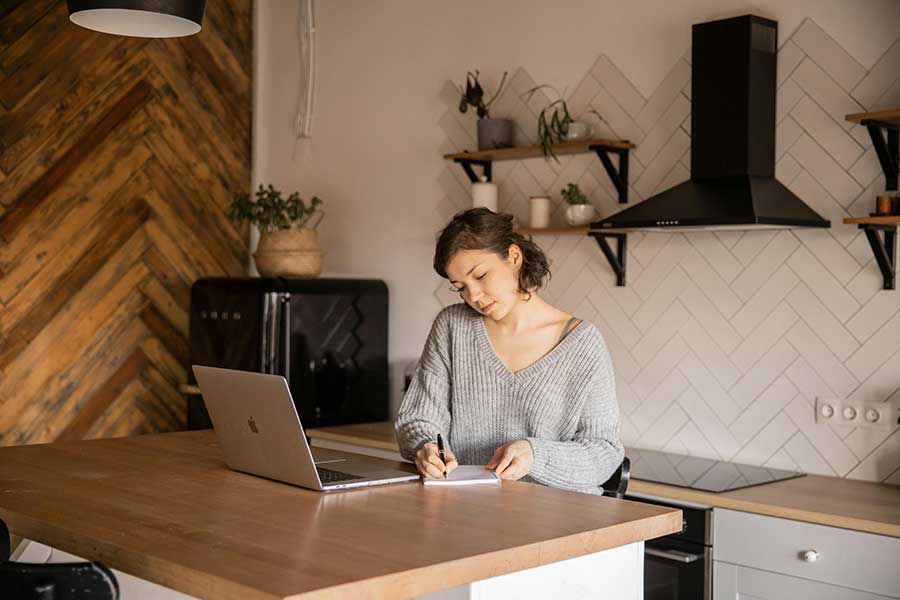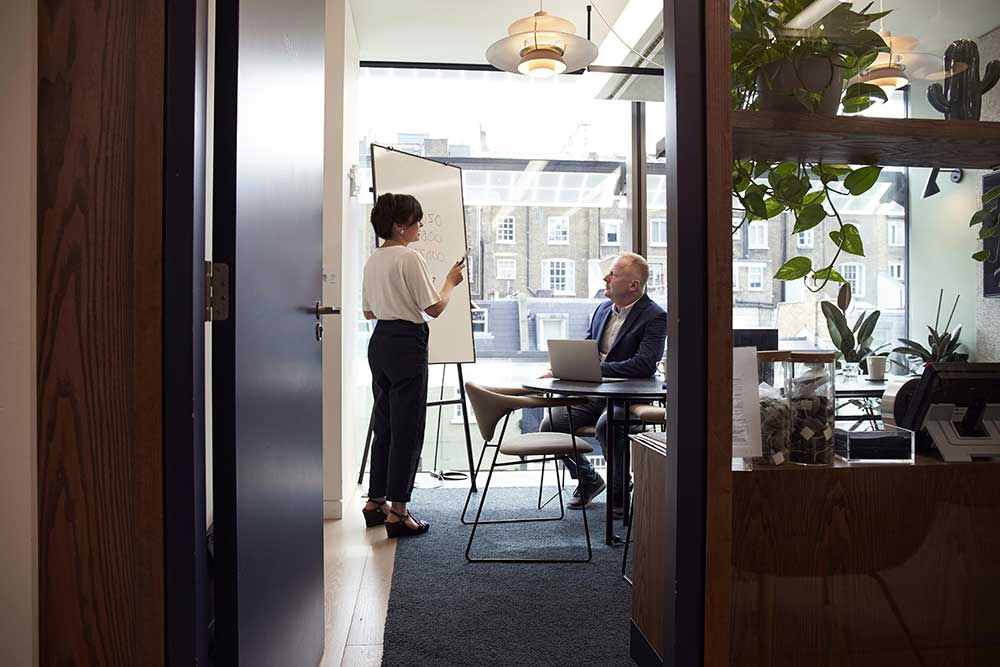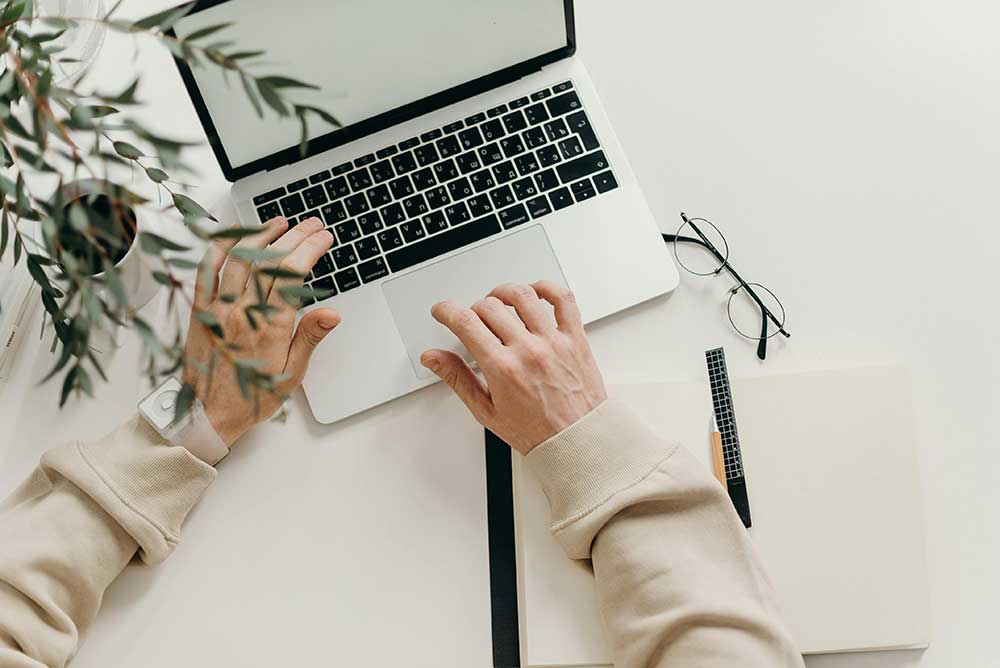Congratulations, you’re creating a professional website and taking the next big step for your business! From a birds-eye view, it’s a daunting task with what feels like many steps you need to take. Because of all this, sometimes the last thing on your mind is getting professional, personal branded photography done. Personal branded photography is a huge benefit to your website. These images allow us to limit the number of stock photos we’re using while creating your site, helping you stand apart from other sites on the web, and also allowing you and your personality to come through even more.
This guide is to help you understand where to start, what to look for in a photographer, and even how to dress for your shoot. And don’t worry, our team is here to answer any further questions you may have.
Finding Your Photographer
- There are many photographers out there with just as many different styles and specific focuses. When looking for a photographer, ensure that you’re searching for someone who specializes in personal branding photography. This will ensure that they already have a general shot list and know the variety of images you’ll need to build your brand.
- Knowing what you’re looking for. Stylistically, what are you looking for? Are you looking for an indoor studio session with artificial lighting, or do you want to use natural window light? Are you hoping to be outdoors and utilize the background of your local area, like a notorious downtown building or natural area? Or maybe a mix of both? Knowing your brand mission, your audience, and how you want to come across can all influence the style of shoot you want to achieve. Think about if photos of you interacting with your office space are most important, or maybe you work from home and have a favorite cafe you typically work from and want to utilize. The best part of a personal branding session is that the focus is on you and your business!
- Ensure your photographer’s posing and editing style matches the image you want to convey to your audience. Think of your business specifically in this instance. Do you want to be portrayed as carefree and bohemian, powerful and serious, or compassionate and friendly? Photography and editing style can greatly influence that look. Take a look at the examples below:


Both images show the subject interacting with objects related to their work, but you can feel two very different things from these photos. The image on the left is lit with even, warm-toned light, the subject is slightly smiling and has bright, alert eyes. Her body language feels welcoming, yet she still looks poised and with an air of confidence. The image on the right still has warm tones to the editing but instead of being evenly lit, the subject has a harsher light hitting only one side of her face. Her face is more serious, with her hands on the table and eye contact showing she’s listening to you. This woman is showing confidence and professionalism.
Look through your potential photographer’s image galleries and pay attention to what their photos make you feel. Do they have galleries that provoke the same emotions you want your audience to feel? Do you feel confident telling your photographer the feelings you want your photos to convey? Don’t worry we can help you gather those words!
- Find a photographer that you feel comfortable having conversations with. A photographer experienced in personal brand photography will already know the type of questions to ask you, so make sure your voice is heard. Let your photographer get to know you to make your personality shine through in your photos. Discuss things you want a potential client to think about you when they see your photos; are they thinking about how friendly you look? Who is your audience? Are they younger or older, primarily men or women? These conversations will influence how your photographer frames you in shots, the types of poses they have you do, and the prompts they give you to make you feel confident and comfortable.
What Shots Should be on Your Shot List
- Now that you’ve found a photographer whose style and focus match what you’re looking for, it’s time to discuss the exact types of photos you’re aiming to get out of your photoshoot. Think of the variety of use cases these photos will be for; your website, business cards, guides, social media, or promotional material. All of these different instances will have a type of photo that suits them best, so ensuring you’re getting a variety of images is important.
- Getting a variety of professional centered shots and personal centered shots. Now these delineations aren’t that different from one another, but they do provoke different feelings and have instances where one is better used than the other.
- Professional shots with you as the focal point will fit the widest variety of use cases, as they could be used on your website, business cards, ID badges, and any promotional material. These photos don’t have to be the traditional shoulder-up, looking straight ahead image with an artificial blue background anymore; personality is welcome and encouraged! Have your photographer get full-body, waist-up, and shoulder-up photos of you with a clean background. This background can be a brick wall you’re leaning against or even a clean studio wall with some out-of-focus objects in the background. For these photos, as long as you are well-lit and the main focus, that’s all that matters.
- Examples:
- Sitting at a desk, table, or counter ‘working’ on your computer.
- Standing or sitting interacting with items related to your practice. These could be fruits and vegetables, something you’ve created, books, a briefcase, laptop or phone
- Photos with and without eye contact in these poses
- Examples:




- Personal (yet, still professional) shots with you as the main focus are just as important! This is where more of you gets to shine through. Show yourself doing your hobbies or more casually existing in the space you’ve chosen to get your photography done. Let yourself smile and laugh while cooking your favorite healthy meal, move around the room fluffing the pillows in the house for sale that you’ve staged, hit some of the yoga poses you do to unwind, or smile with a mug of your favorite tea. These photos are still related to your brand, yet they feel more personal to the person viewing them, creating another point of connection with your audience and showing them that you are a real person.
- Examples:
- Doing the hobbies you mention doing in your free time or that are related to your practice. For example, you’re a business focusing on wellness and you happen to do yoga: do a few poses in your gear. You love cooking healthy meals, pose while chopping up some veggies.
- More casually posed photos of you sitting on a couch or chair, showing the space you work from, your home office, your real office, etc.
- “Candid” style photos of you reading a book, making a cup of coffee, fluffing pillows in the interior space you designed (if it applies to your business), or organizing paperwork
- Examples:





- Filler photos for use as background imagery and throughout the site are another important style for your site. This photo style is great for use in backgrounds or featured photos in different sections of your site. Examples of these photos include:
- Wide landscape photos of your workspace: office, desk, storefront, or outside of business location
- Detail shots of your hands typing on a computer, writing in a notebook, doing something related to your practice
- Detail shots of the plants, candles, knick-knacks on your desk to use as background images






- When it comes to photo orientations, the more the merrier! The more variety in orientations you provide allows for more use cases when making your website and any materials we make afterward. Ask your photographer to photograph you in landscape (horizontal) and portrait (vertical) orientations. For websites, our general favorite types of photos are landscape-oriented with you focused to the left or right of the frame. This layout allows us to fill any open space with text or crop the image to a vertical orientation if we need to.
How You Should Dress
- Wearing neutrals is going to be your best bet. As we discuss your brand, we’ll touch on the plan for your color palette, but we probably won’t have it made official until after your photoshoot happens. Because of this, wearing neutrals for your photoshoot is a good idea. Neutrals don’t just have to be plain black, white, or brown but can extend much further. Think of earthy colors when planning your outfits: shades of blue, burnt oranges, greens, and pale yellows. These colors live in the perfect color range or not being so saturated that they’ll stand out harshly, but also won’t appear bland. Earthy colors will also look good with whatever palette we finalize for your brand. Express yourself with your outfits! Feel free to wear simple patterns, stripes, sweaters, a graphic tee dressed up with a blazer, or whatever you feel represents you.




Have Fun!
Out of all these tips, the most important one is to have fun! Remember, being yourself and having your personality shine through is the goal. Your photoshoot shouldn’t be a scary experience and your photographer will make sure to keep the energy upbeat throughout. Our team is always here to help with any questions you may have!


